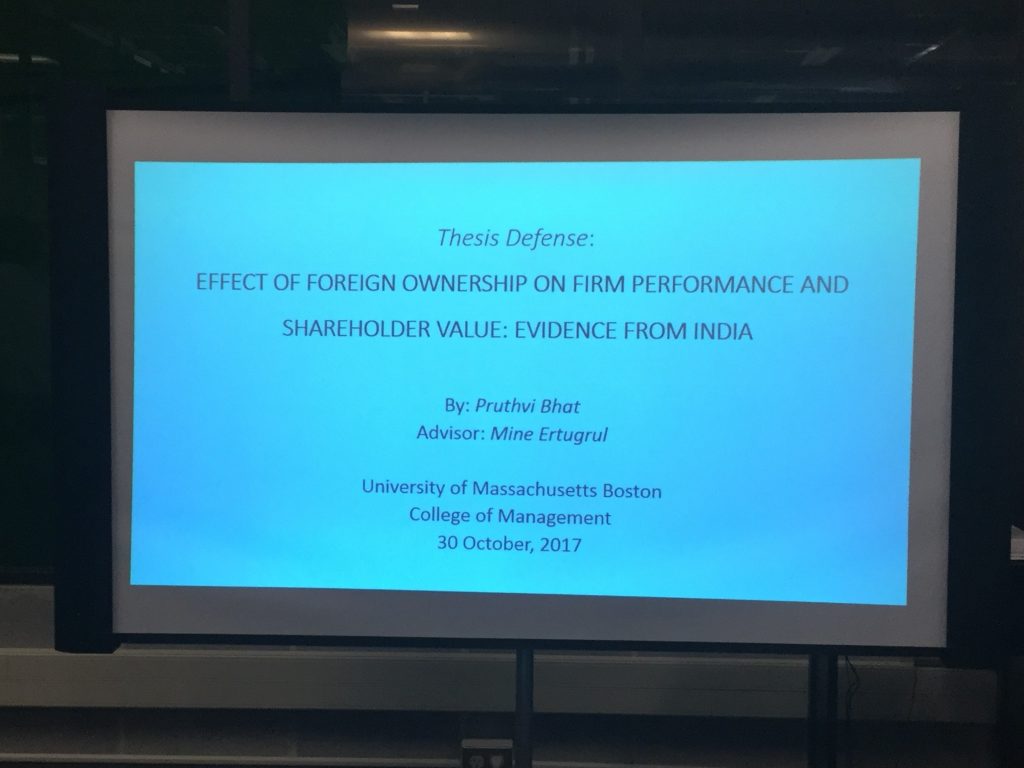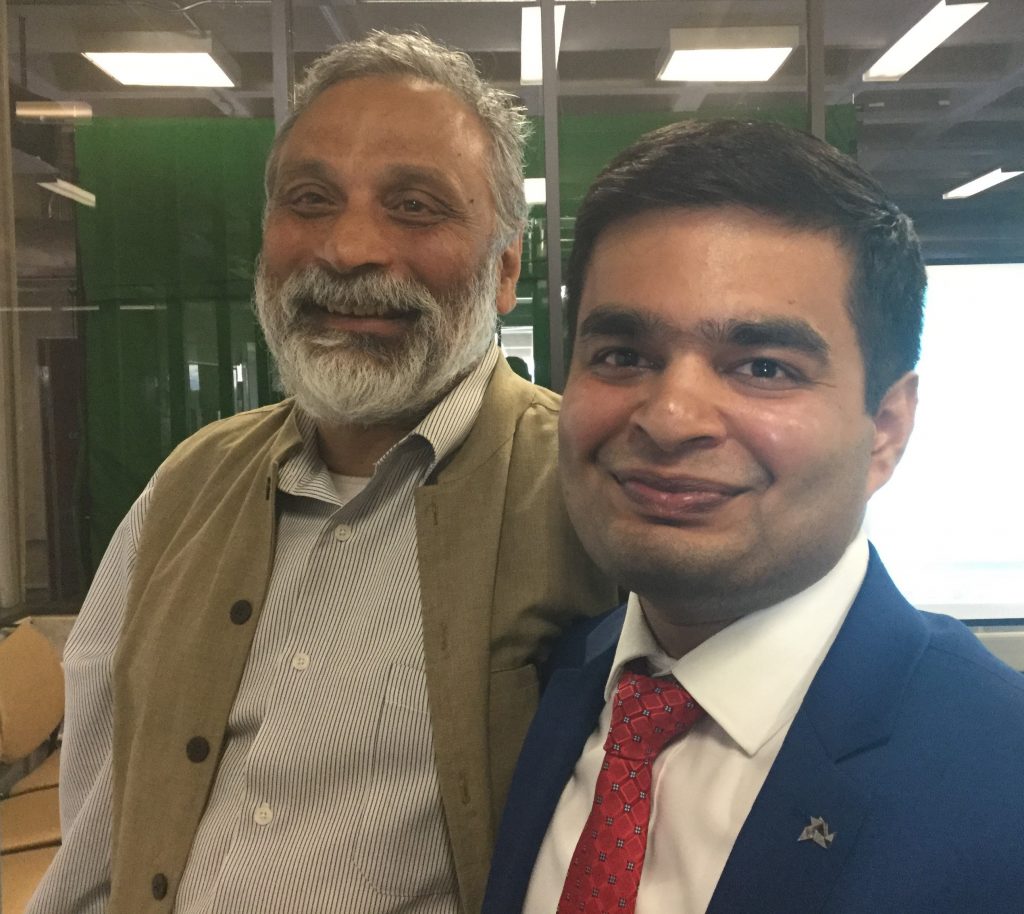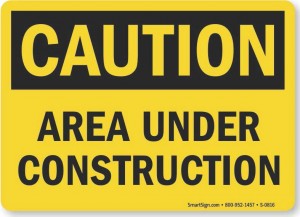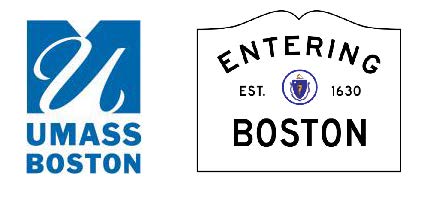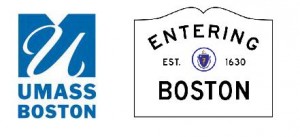Tips and Strategies for Taking the GRE
By Maggie Batista
If you are currently planning to apply to graduate school, one of the first steps is to take either the Graduate Management Admission Test (GMAT) or the Graduate Record Exam (GRE). While both tests are usually acceptable for admission, you MUST check to see which test your program requires. The GRE is the most commonly required admission test for graduate school. The following is an overview of the GRE itself with corresponding tips from registering, to preparing for the exam, to test day!
The Purpose of the GRE
The GRE is designed to access your general skills and readiness for attending a graduate program. Not only are your scores required as part of the application process, they are also often used to consider the grants of fellowships and financial aid. Do not worry! The GRE is a computer-based standardized test that is both reliable and predictable. If you learn to recognize the “traps” within the questions designed to trip you, you can score well!
The Breakdown of the GRE
Length: 4 hours (including some short breaks- 1 minute between each section, 10 min after third section)
Number of Sections: 6 sections, including an experimental research section (unknown to the test taker, it is not part of the score)
Scoring: 130-170 (Verbal and Quantitative), 0-6 (Analytical Writing)
Verbal Reasoning: Two 30-minute sections with 20 questions each
Quantitative Reasoning: Two 35-minute sections with 20 questions each (online calculator available)
Analytical Writing: One section with two 30-minute tasks- analyze an issue and analyze an argument
Tips- Verbal Reasoning
Let us begin with the basics of vocabulary- you must begin studying word groups, roots, prefixes, and suffixes. Make flash cards! It can be a timely and daunting task. However, knowing the root or prefix of a word choice, or even simply its tone or context, can help you determine what the word actually means. I will get you started- the top twelve words used on the GRE include: anomaly, assuge, enigma, equivocal, erudite, fervid, lucid, opaque, placate, precipitate, prodigal, and zeal. Break out the dictionary!
Text Completion Questions
There are approximately six text completion questions in each verbal reasoning section, in which you should only designate about 1-1.5 minutes each. Each question will have one to three blanks replacing words in each sentence. You are tasked with choosing the correct words from the choices provided to fill in each blank.
With regards to “one blank” questions, read the sentence and look for clues. Without looking at the choices provided, predict an answer. Then, select the choice that most closely matches your prediction! Be sure to check your answer. For questions with more than one blank, start the process with the easiest blank first. Additionally, look for positive words as signs that indicate there is no contrast, such as “thus,” “similarly,” or “therefore.” On the other hand, note negative transitional signs that do indicate contrast, such as “despite” or “however.” Overall, you should read what is directly implied as opposed to a creative interpretation of the sentence. How do the blanks interact? If a sentence is long or complex, paraphrase it into your own words to gain a better understanding.
Sentence Equivalence Questions
There are approximately four sentence equivalence questions in each verbal reasoning section that you should only designate with about 1 minute each. The questions consist of a single sentence with a missing word, and you must choose two correct words from the choices provided that could complete the sentence.
Firstly, read the sentence, look for clues, and predict an answer without looking at the choices provided. Similarly to text completion questions, select the two choices that most closely match your predicted answer. Check your answers by reading the sentence (with both words inserted) to yourself! Once again, look for your “positive” and “negative” word signs, like “since” or “while.” However, be sure to consider all of the answer choices- you must look beyond synonyms for traps the GRE is setting for you. Avoid the traps by paraphrasing the question, or considering the prefixes, suffixes, and roots of the words.
Reading Comprehension Questions
There are ten reading passages between two sections of reading comprehension. You should take about 1-3 minutes to read each passage, as well as 1 minute to answer each corresponding question.
Firstly, read the passage strategically and actively! Quickly identify the topic, scope, purpose, structure, and main points. Is the tone of the passage persuasive, or simply informative? For example, if the passage is from a social science piece, it will most likely argue a side. Conversely, if the passage regards art or literature, it might assert an interpretation. Secondly, analyze the question stem and research relevant text from the passage. Make your own prediction before evaluating the answer choices for the question! Overall, it might help to express the main idea in your own words by focusing on retaining the main ideas, not necessarily the facts. Be sure to concentrate on only using what the passage has given you, and try not to get distracted by the variations on standard questions.
Tips- Quantitative Reasoning
The Quantitative Reasoning sections will test you on every mathematical concept from number properties, to geometry, to radicals. Here are a few overall strategies to consider when approaching the quantitative reasoning sections: skip time consuming questions and concentrate on your strengths. At the end of each section, use your review screen to go back over the questions and be sure to make a guess or estimate on any unanswered questions. The GRE is not like the SAT’s- it considers any unanswered questions to be wrong!
Quantitative Comparison Questions
This is the most commonly used question format in the quantitative reasoning sections. The question asks you to indicate a relationship or comparison between two quantities. The four answer choices are always as follows: (A) Quantity A is greater, (B) Quantity B is greater, (C) The two quantities are equal, and (D) The relationship cannot be determined from the information given. The key factor to remember here is to compare, not calculate!
The first step is to analyze the centered information and its quantities. Then, you can choose a strategic approach to determining the relationship between the two. One strategy is known as the “Picking Numbers” strategy, in which you can pick a number for the unknown values in the question and apply it in order to test the answer choices. Be careful- you should pick permissible, manageable numbers and you should test one of each of the following for each question: a positive number, a negative number, a fraction, 0, and 1. The picking numbers strategy is advised for questions regarding undefined values, number properties, and percents. Other comparison techniques include adding or subtracting the same value from both sides, or squaring both positive sides. If a diagram is involved, be skeptical unless it is drawn to scale!
There are a number of traps that the GRE will present within Quantitative Comparison questions! I recommend to be especially aware of how to convert units properly, how to convert quantities into percentages, how to use simplification procedures such as “FOIL,” the rules for inequalities, the properties of zero, and simply knowing when to use the correct formulas.
Problem Solving Questions
The standard method for problem-solving questions is simple- study your mathematical rules, methods, and formulas! Once you do, all you have to do is read the question, identify the task at hand, strategically solve the question, and confirm your answer. You can also utilize two strategies here- the picking numbers strategy discussed earlier, and the “Back solving” strategy. The back solving strategy begins with selecting choice (B) or (D) and plugging in the value. If the value does not work, then you can eliminate that answer choice and move either up or down the choices based on how the value you tested worked out. Now you can simply test the next choice to identify the correct one. Ideally, you will only have to calculate two choices, saving you time! Back solving is a recommended strategy for encounters with word problems that have answer choices with numerical values, or when dealing with difficult algebraic problems.
Data Interpretation
Data Interpretation questions require that you make a numerical entry into a box, based on a question regarding a diagram or graph- there are no choices this time! There are several types of graphs that you might encounter, including tables, bar graphs, line graphs, or pie charts. If the answer to a question is a fraction, then you must convert it into a decimal. If the answer requires a negative sign, you may use a hyphen.
When you read the question, be sure to read the title and all labels, as well as identify the representation type that is being provided with its corresponding units. I recommend decoding the question- is the question asking about amounts, changes, or percents? Look at the graph or table in depth, in order to focus on the relevant information to the question before determining your answer.
Tips- Analytical Writing
You will be asked two write two analytical essays and will be given only 30 minutes for each. For each essay, I recommend taking the issue or argument apart, selecting the points you wish to make, and organizing an outline of the essay within the first 8-10 minutes- that will leave you 20-22 minutes to write and proofread your essay.
The first essay is an “Issue” Essay, in which you will pick a side of the issue presented and defend it. It does not matter which side you pick to defend, as long as you support only one side! The second is an “Argument” Essay, in which you discuss both sides of the argument presented. In the argument essay, you should discuss all questions involved, the strengths and weaknesses of both sides, any assumptions being made, and any flaws in the evidence provided. Overall, you should keep the Argument Essay simple by putting the complexities of the arguments into your own words! Remember- do not pick a side for this essay.
Each essay is graded on the following criteria: your response to the prompt, your interpretation and analysis of the passage, the organization and structure of your essay, your use of examples from the text, and of course, your spelling and grammar skills.
GRE Preparation Courses
These were just some of the methods and strategies I received when taking a Kaplan GRE Preparation Course. If you want to be as prepared as possible for the GRE, I highly recommend taking a prep course- they are usually only to four to six weeks long and can help to boost your scores immensely! GRE prep courses are available at almost every university. Here is the link for information regarding GRE prep courses available here at UMass Boston:
https://www.umb.edu/academics/caps/testprep/gre
Test Registration
I recommend first obtaining a copy of the GRE Information and Registration Bulletin from the following link:
http://www.ets.org/gre/revised_general/about/bulletin/
This contains information on pricing, schedules, repeat testing and cancellation policies. The GRE test is offered all year round! You can register online at www.gre.org, by phone at 1-800-GRE-CALL, or by completing the Authorization Voucher Request Form in the GRE Information and Registration Bulletin and mailing it with the fee to the address provided on the voucher.
The Day Before Test Day
I cannot stress this enough- do not study the day before the test! You have prepared well enough, I assure you. Take the day to relax and give your mind a break. You will need your mental stamina for test day. Be sure to eat well, drink plenty of water, and go to bed early so that you may get plenty of rest.
Test Day
On test day, eat a hearty, healthy breakfast. Before leaving your home, make sure that you have your GRE voucher for admission and an acceptable form of ID (see http://www.ets.org/gre/revised_general/register/id/). I recommend that you leave yourself plenty of time to arrive at the testing site in order to minimize stress. You should arrive at least 30 minutes early to complete all check-in procedures. Once you sit down to take the exam, you will have the opportunity to automatically send your scores to several schools free of additional charge. Be sure to select to report your score to UMass Boston. You will be saving yourself the money of sending the report later on!
If you perform poorly on a section, do not despair! It could have been the experimental section that does not count towards your scores. Remember- the GRE makes for a long, grueling day. Maintain your stamina through confidence and a positive attitude!
After Test Day
Did you get a lower score than you wanted? No problem- you can retest! According to www.gre.org:
“You can take the GRE revised General Test once every 21 days, up to five times within any continuous rolling 12-month period (365 days). This applies even if you canceled your scores on a test taken previously. If you take the paper-delivered GRE revised General Test, you can take it as often as it is offered.”
You may cancel any scores you wish, but do not worry about any low scores that are “out there” for prospective universities to see. Admission offices usually only consider your best scores, and multiple testing can show your efforts to perform well! It should also be noted that GRE scores are valid for five years after the year in which you tested.
Last Advice
Do not get discouraged! Studying for the GRE is a large commitment, but one that is vital in determining your willpower for attending graduate school. Think of the GRE as less of a burden, and more as a preparation for both the trials and rewards that graduate school will offer you. You have already made the difficult decision to apply for graduate school and advance your career possibilities- that choice in itself is something to be proud of! Good luck!
Author’s Note: Most of the testing strategies discussed here are Kaplan methods obtained from a Kaplan GRE Preparation course.


